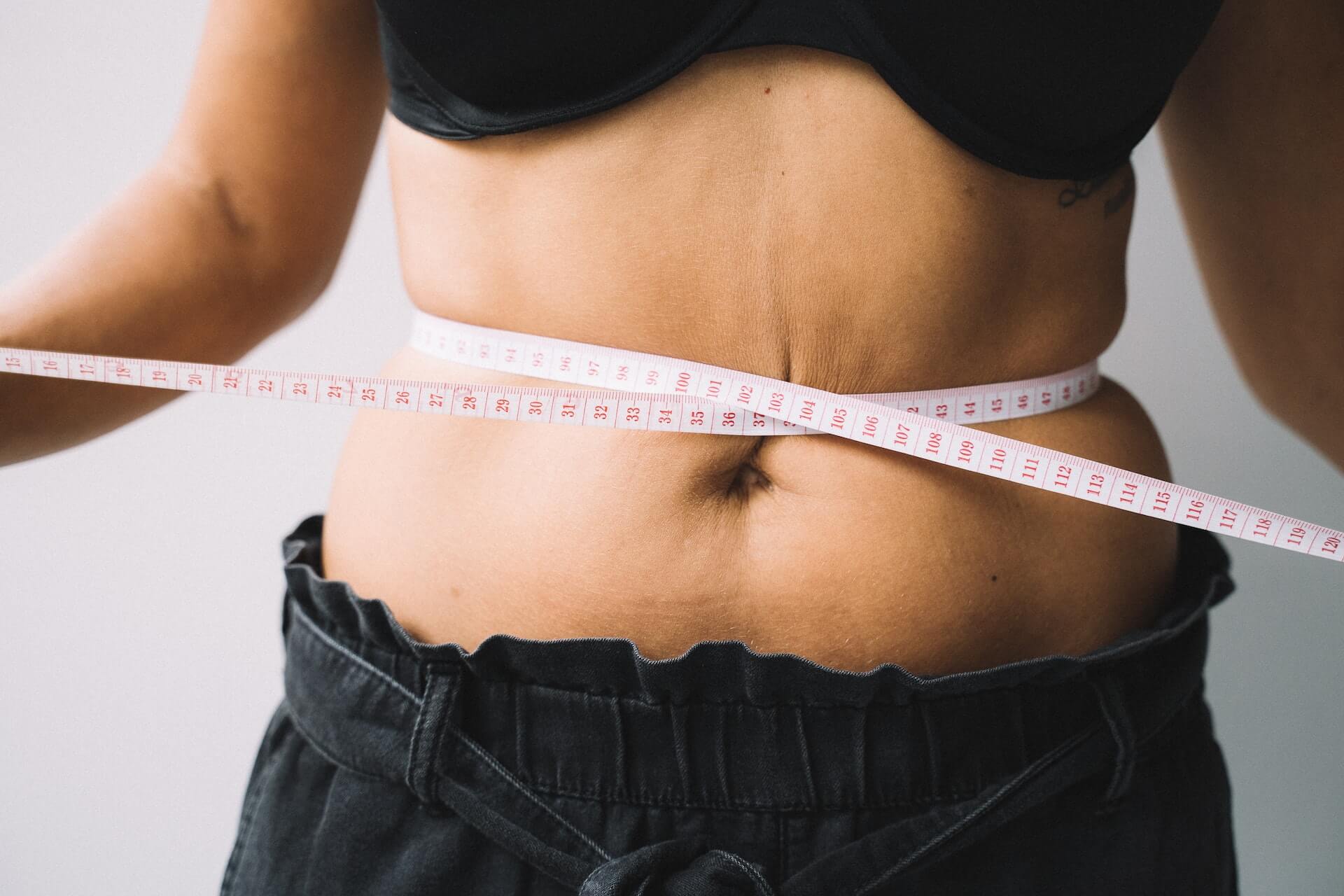Studies show that the keto diet is an effective way to battle obesity, improve cholesterol levels, and unlock sustained energy (1)(2). But like any restrictive diet, it can be difficult to maintain in the long run.
Motivation dwindles as time goes on for a couple of reasons. You slowly gain back the weight you lost, often get kicked out of ketosis, or find the low-carb lifestyle less enjoyable.
I need you to understand two things:
- You’re not alone.
- Getting back on track is easier than you think!
Keto Hacks to Make Your Keto Diet More Sustainable
Follow these eleven keto hacks to achieve your goals on keto:
1. Recalculate your macros.
To achieve a state of ketosis, you need to eat the right amount of carbohydrates (5% to 10%), protein (30% to 35%), and fats (55% to 60%). Your personal macros depend on a few things like your activity level and goals.
As your body composition changes, your macronutrient needs change too. For this reason, recalculating your macros is important. How often should you do it? A good and realistic frequency would be once a month.
Use a keto calculator to figure out your macros — whether you’re just getting started or have reached a weight loss plateau.
2. Do an elimination diet.
Ever heard of an elimination diet? An elimination diet aims to remove any food that causes sensitivities. A few symptoms of food sensitivity include bloating, fatigue, and digestive upset. If you’re experiencing these, it might be a good idea to try an elimination diet.
It’s important to note that every person reacts differently to certain foods. This is why even on a keto diet, some people don’t feel their best. Instead of achieving mental clarity and better energy levels, they feel the opposite.
To get started, list down the foods/ingredients you believe trigger those sensitivity symptoms. Remove each food from your diet one by one. Assess how you feel and look. Also, find recipes that don’t include those foods/ingredients which you find delicious.
3. Adhere to a clean eating meal plan.
A “clean keto” meal plan consists of foods in their natural, unprocessed state. Sure, dirty keto and clean keto both work for weight loss. However, clean keto is most effective and better for long-term health.
Unprocessed foods are free from additives like MSG and hidden sugars. They contain more micronutrients.
To adopt a clean eating plan, you’ll need to say goodbye to most pre-packaged foods. Start small. For example, instead of sausages, eat pork. Instead of store-bought beef jerky, have roasted beef at home.
Tip: Clean eating involves cooking more often, but you can always keep your recipes simple.
4. Try intermittent fasting (IF).
Intermittent fasting (IF) is a fasting method in which a person eats food within a certain window of time.
People who want to try the keto diet can use IF as a means of entering ketosis. Those who are already on keto may also use it to control their blood glucose levels. This is especially true for those with Type 2 Diabetes, according to a study (3).
If you’ve hit a weight loss plateau IF is also a great way to reduce your calorie consumption. During a fast, your body will tap into its stored glycogen and fat to get energy. This process helps you lose fat faster.
5. Avoid unnecessary snacking.
Do you often find yourself opening the fridge and looking for something to munch on? What’s ironic is, you’re not even hungry. You’re just bored.
Snacking, even on keto-friendly foods, can slow your weight loss if done excessively. Doing it out of boredom is a surefire way to go over your personal macros before lunch or dinner time.
To stop this habit, I recommend keeping those snacks out of sight. Second, distract yourself from your cravings by doing something productive. Finish a project, read a book, or do a household chore.
6. Switch up your workout routine.
Not exercising is one of the common mistakes on keto. But if you’re already working out regularly, make sure to change your routine every four weeks. Our bodies adapt to the same exercise regime over time. This explains why you no longer see those muscle gains or your body fat percentage remains unchanged.
Switching up your routine effectively by making small changes. For example, increase the number of reps per exercise move or shorten your rest periods between sets.
If you’re not doing strength training yet, now is the time to consider it. Muscle is more metabolically active than fat. The after-burn your body experiences post-session can speed up fat loss.
7. Eat at home more often.
Home-cooked meals are healthier because they contain less sugar and additives that contribute to chronic disease. Not to mention, cooking at home increases your creativity in the kitchen.
Low-carbohydrate recipes don’t need to be complicated to taste great. Commit to cooking meals that take no more than 30 minutes. If possible, cook big batches of meals. You can simply reheat them. This way, you cook only once and still be able to eat a clean keto diet all week.
8. Workout in a fasted state.
We’ve heard about eating a meal or snack before a workout to maximize performance. This is practiced by those who are following a targeted keto diet.
But what about exercising while in a fasted state? Working out on an empty stomach a.k.a. “fasted training” helps you re-enter ketosis (if you’ve been kicked out). It depletes your glycogen stores, allowing you to burn fat.
Here’s what you should know: In a fasted state, you won’t be able to train as hard as you want to. So, it’s important to listen to your body while you workout. Stop or take a break when you can’t push through a set!
9. Count total carbs instead of net carbs.
Here’s the difference between total carbs and net carbs:
Total carbs include all carbs in a food item such as dietary fiber and sugars. Net carbs, on the other hand, is the number of carbs after dietary fiber and any sugar alcohol have been subtracted from the total carbs.
Counting total carbohydrates is the best way to go for entering ketosis and achieving fat loss faster. Because while some foods are low in net carbs, packaged foods in particular, you’ll still end up with a high total carb intake for the day.
Also, consider how sensitive you are to carbohydrates. Carb-sensitive individuals have higher insulin levels when eating carbs. If you happen to be one, it’s best to track total carbs.
10. Plan for gatherings and special occasions.
Birthdays, anniversaries, and other events should be opportunities to enjoy the company of your loved ones. As a keto dieter, it’s important to be able to navigate social situations without regretting your food choices.
Perhaps the most basic thing to keep in mind is that you don’t owe anyone an explanation. Your dietary choices are yours to make. If people ask, give a simple answer, and don’t try to push your diet on others as well.
When it comes to the foods you should eat, surely, there’ll be options that are lower in carbs than others. Choose those! Or make some modifications.
Here are a few ideas: If there’s a burger, go bunless. Instead of rice, go for veggies. Are there alcoholic drinks on keto? Choose hard liquor and avoid sugar-filled mixers. With wines, keto-friendly options include Pinot Noir, Merlot, and Chardonnay.
11. Keep learning and optimizing your keto lifestyle.
There are still so many keto hacks and strategies out there to try that will elevate your low-carb lifestyle. One thing I do is I listen to podcasts, read research studies, and observe the things that are shared by keto and low-carb experts I know!
It is your job to take your health, fitness, and enjoyment to the next level. As I’ve always written in my previous articles, keto is a lifestyle — not just a diet.
The Bottom Line
All in all, you can hit your long-term goals on keto with a few changes in your habits. Losing weight might be your focus to look better, but do not ignore your health. Keep your meals clean and simple. If you’re not exercising, start doing it now. But if you are, try something new! Wherever you are or whatever situation you’re in, always have a plan.
References:
- Dashti H, Mathew T, Hussein T el al. Long-term effects of a ketogenic diet in obese patients. 2004
- Masood W, Annamaraju P, Uppaluri K. Ketogenic Diet. 2022 June 11
- Lichtash C, Fung J, Ostoich K et al. Therapeutic use of intermittent fasting and ketogenic diet as an alternative treatment for type 2 diabetes in a normal weight woman: a 14-month case study. 2022 July 07



